mentos_007
The Freshmaker!
- Joined
- Jun 29, 2004
- Messages
- 9,324
- Reaction score
- 102
- Location
- Poland, Sz-n
- Can others edit my Photos
- Photos OK to edit
Hi! I hope you'll help me. I'm fascinated by some shots of star trails and... I wanna have my own  Unfortunately my digi cam allows me to take only 2 sec. exposure so it fails in this case. But I heard about program called Image Stacker. Did anyone of you use it? I visited it's website, but I want to have a real, non-commercial review from you mates.
Unfortunately my digi cam allows me to take only 2 sec. exposure so it fails in this case. But I heard about program called Image Stacker. Did anyone of you use it? I visited it's website, but I want to have a real, non-commercial review from you mates.
The second thought is my Zenith. It has b-setting and it's smallest apperture is f/22. How shoul I set those parameters in night so that I won't overexpose the film (and what iso)? I live in a non light polluted area so light from buildings won't disturb.
The second thought is my Zenith. It has b-setting and it's smallest apperture is f/22. How shoul I set those parameters in night so that I won't overexpose the film (and what iso)? I live in a non light polluted area so light from buildings won't disturb.


 I've gotten good results both ways but lean towards the middle ground.........
I've gotten good results both ways but lean towards the middle ground.........![[No title]](/data/xfmg/thumbnail/33/33490-cbbf9df0a1c31291ee7a3759afe943cc.jpg?1619736003)
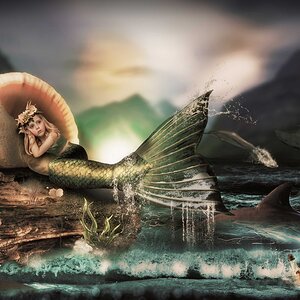
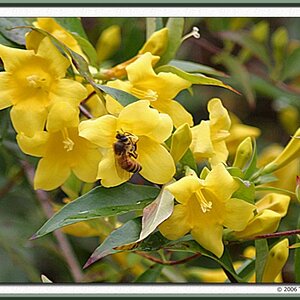
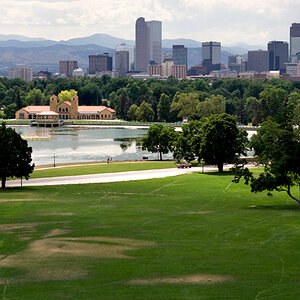
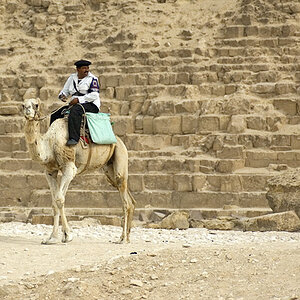
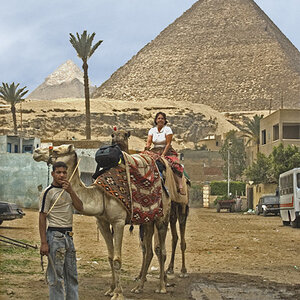
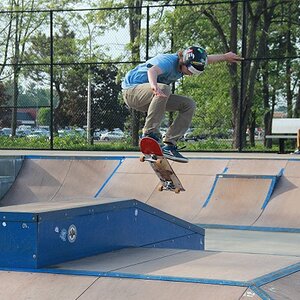
![[No title]](/data/xfmg/thumbnail/33/33491-46949ced4f9729f095cb48c6c61633db.jpg?1619736003)

![[No title]](/data/xfmg/thumbnail/39/39500-340f9581ccea2902f4cca7c656232f9e.jpg?1619739057)

